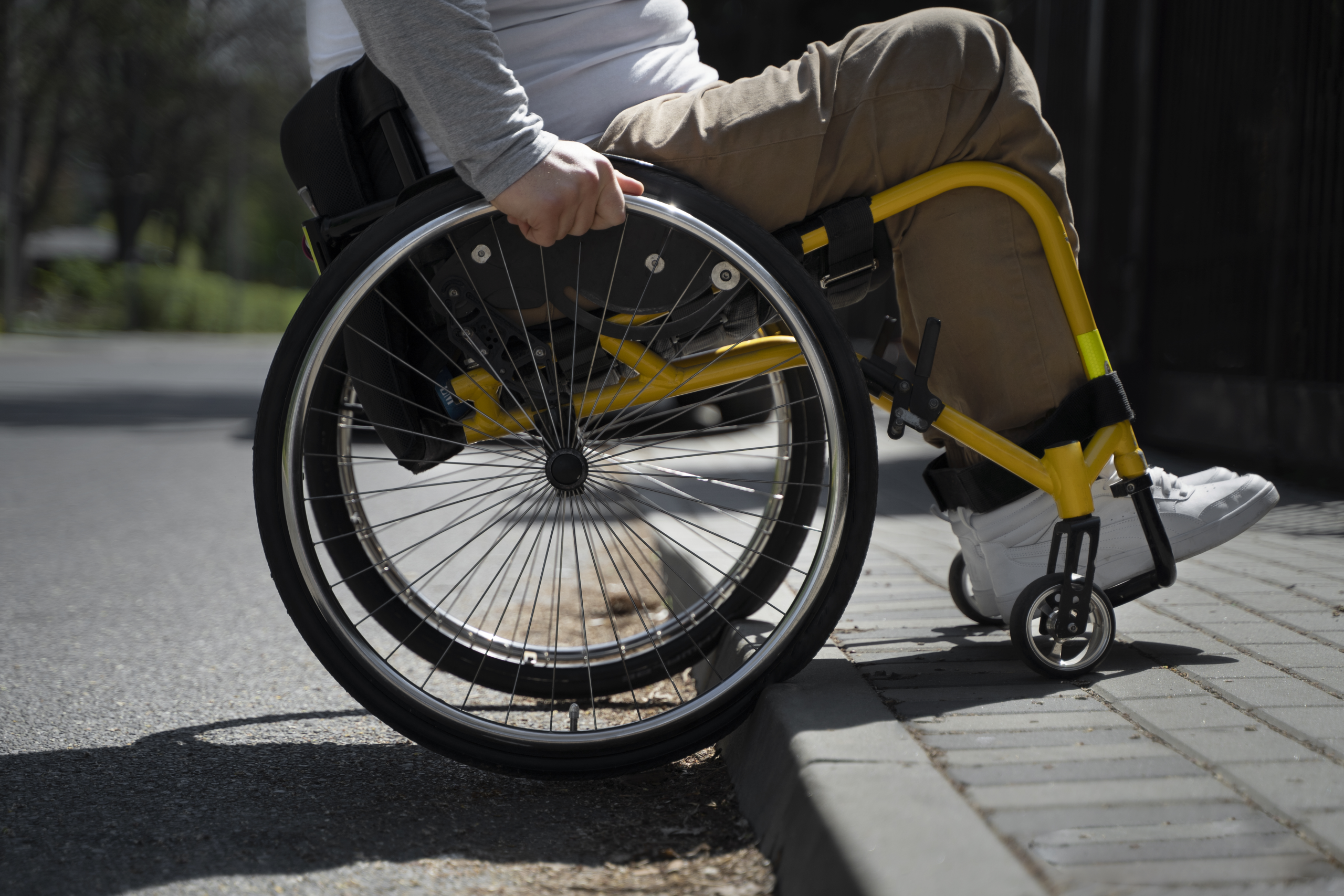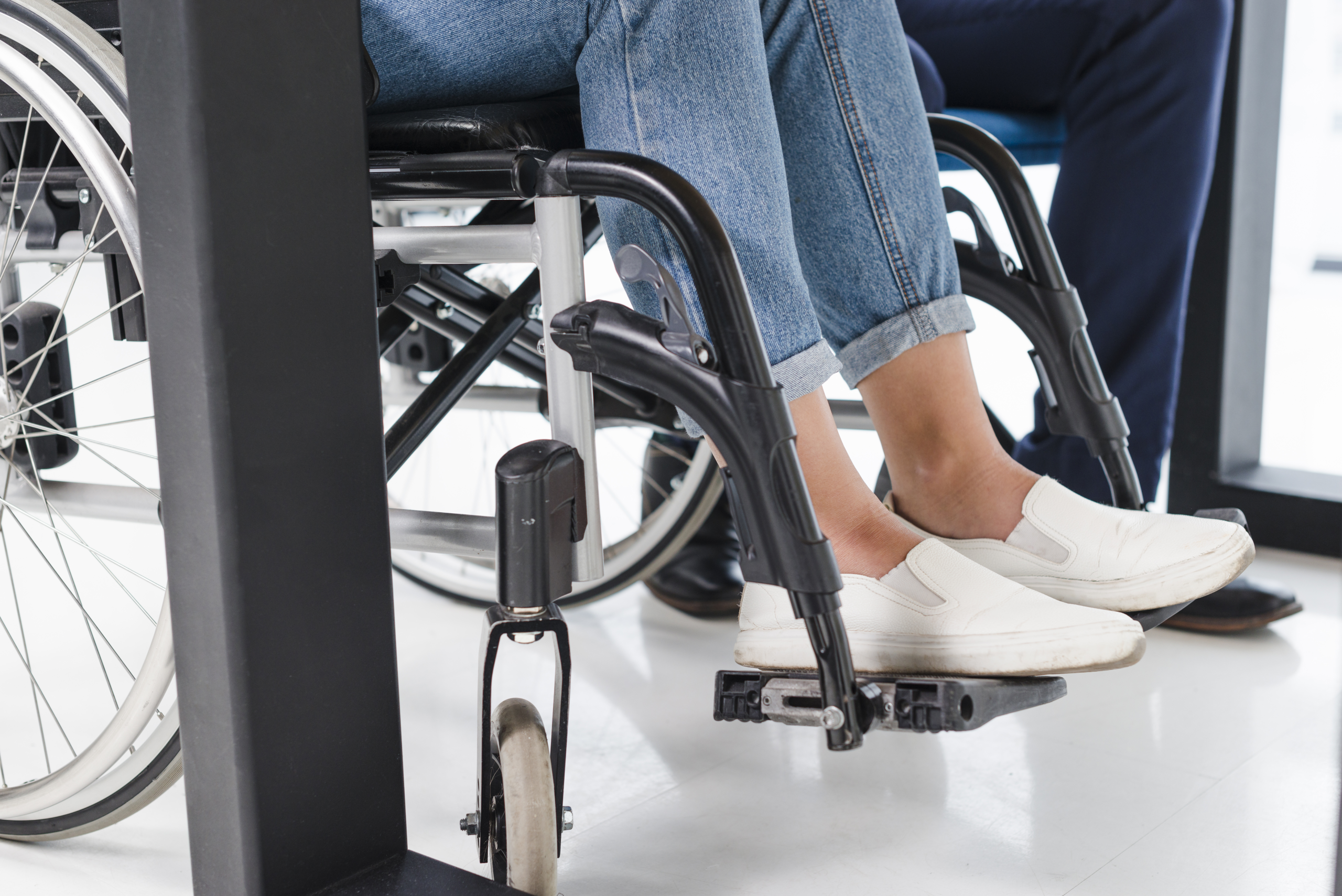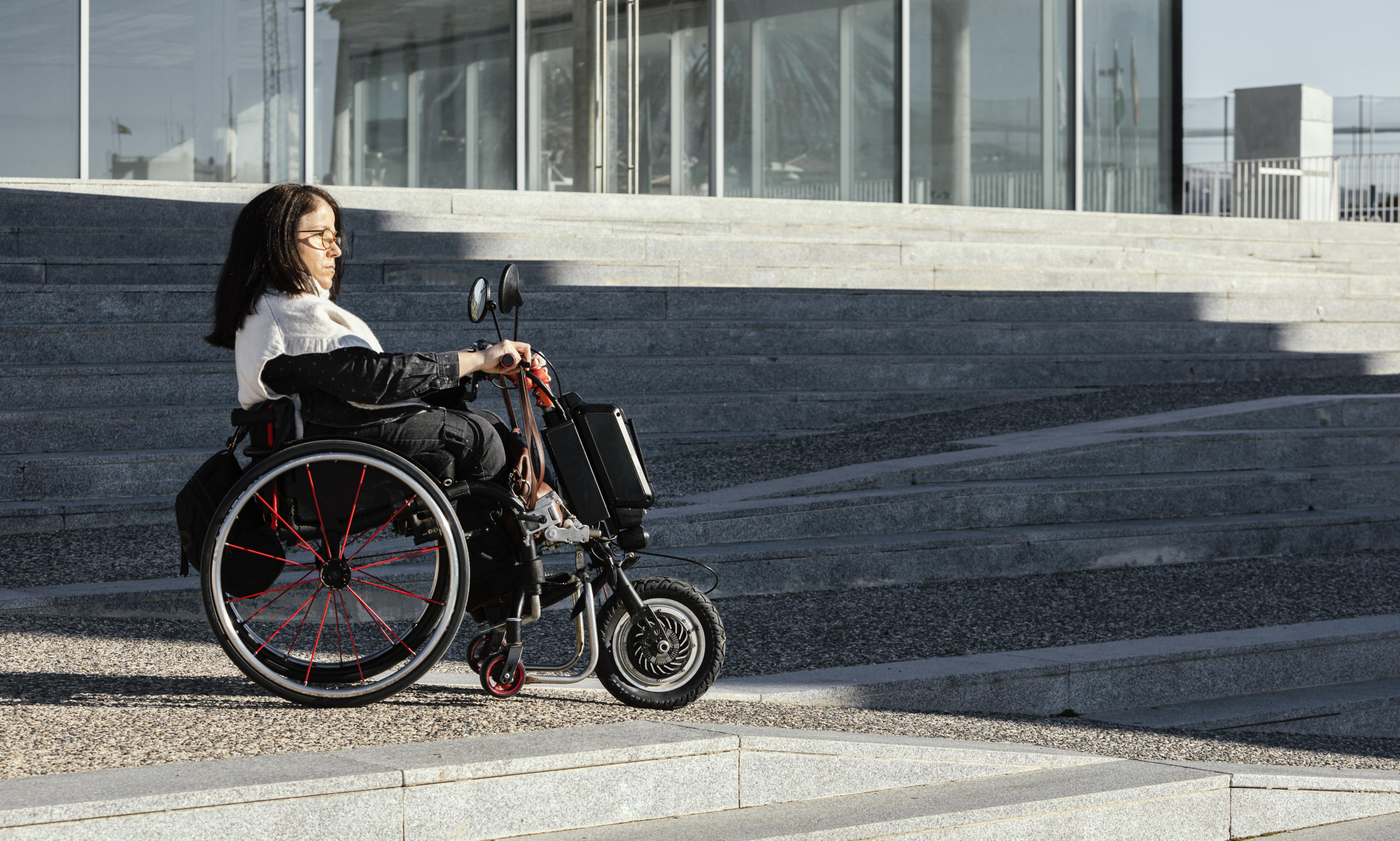Do Wheelchair Footrests Improve Posture in a Disabled Chair Setup
Time : Sep 17, 2025 View : 1,495
For people who depend on a disabled chair or wheelchair to get around, keeping the right posture is more than just about feeling comfy. It’s super important for staying healthy and moving well over time. One part that often gets ignored is the footrest. Though it might look like a small thing, footrests are key. They help support your posture, stop body aches, and make you feel better overall.

The Role of Proper Seating in Wheelchair Use
Good seating is the base of making a wheelchair work well for your body. It keeps you lined up in a way that feels nice and helps your body do its job right.
Importance of Ergonomic Positioning for Wheelchair Users
Setting your body up the right way cuts down on stress to your muscles and joints. When you sit properly, your spine keeps its normal shape. Your weight spreads out evenly on the spots that take the most pressure. Staying in a good position needs you to pay attention. This helps avoid hurting your back or the muscles around it. It should match the natural ‘S’ curve of your spine.
Common Postural Issues in Wheelchairs Without Footrests
If your feet don’t have the right support, you might slide forward. Your hips could tilt wrong, or your weight might not spread evenly. Sitting in a wheelchair without a footrest is a bad idea. It can harm your health. It messes with how your tissues hold up and makes you feel uneasy. Over time, this can cause sores from pressure, bad blood flow, and even tummy troubles.
How Footrests Influence Posture in a Wheelchair
Footrests aren’t just a spot to rest your feet. They’re a big part of keeping your whole body lined up properly, starting from the bottom.
Alignment of Lower Limbs and Pelvis Support
One main plus of footrests is how they steady your legs. They help your posture by making sure weight is even on both hips. Your knees should bend at a 90-degree angle. Your feet need to sit flat on a firm spot. This setup keeps your hips in a neutral spot, which is vital for your spine to stay straight.
Impact on Spinal Curvature and Upper Body Stability
If your legs hang or don’t have support, your hips tilt back. This flattens the lower part of your spine. Over time, it messes up the natural bend of your spine. It also makes your upper body shaky. Having your hips and legs in the right spot is super important. It helps hold up the natural curves of your spine.
Pressure Distribution and Circulatory Benefits
Footrests also ease pressure on tender spots like your bottom and thighs. If a footrest isn’t used right or doesn’t fit well, it adds extra stress to your bottom, lower back, and thighs. This can even mess with how your stomach works. Plus, keeping your feet at the right height helps blood move better in your legs.
Types of Wheelchair Footrests and Their Functional Differences
There are different kinds of footrests out there. They’re made to fit various needs based on how much you move, your health issues, or just what you like.
Swing-Away vs. Elevating Leg Rests
Swing-away footrests make it easier to get in and out of a wheelchair. They move aside when you need them to. Elevating leg rests give extra help for folks with swelling or after surgery. They let you lift your legs up higher than your heart.
Fixed vs. Adjustable Height Footplates
Fixed footplates give basic help but can’t be changed much. Adjustable height ones let you tweak them to match leg length. This is a big deal for keeping the right angles at your ankle, knee, hip, and pelvis. They can shift to fit different leg sizes and keep those angles just right.
Compatibility with Different Disabled Chair Designs
Today’s wheelchairs, like the manual model XY-1001A, often have foot pedals that flip up or swing away for safety when getting on or off. Don’t step on the pedals to climb in or out. Make sure to fold them up or push them to the side. Electric models from Xunyu Medical come with adjustable options too. These make things easier when traveling or doing daily stuff.
Clinical Perspectives on Postural Support Devices
Health experts always stress how important it is to manage posture as part of full care for wheelchair users.
Recommendations from Physical Therapists and Occupational Therapists
Therapists often suggest certain footrests based on what a patient needs. For example, elevating rests help with blood flow problems. Adjustable ones are great for kids who are still growing.
Observations from Rehabilitation Centers and Long-Term Care Facilities
In places where people sit in wheelchairs for long hours each day, bad posture from poor foot support raises risks. It can lead to tight muscles, skin sores, and feeling super tired.

Additional Factors That Affect Posture in a Disabled Chair Setup
Footrests are a must for supporting posture in disabled chairs or wheelchairs. But they work even better when paired with other body-friendly features.
Seat Cushioning and Backrest Design
Thick cushions, like those in Xunyu Medical’s electric wheelchair models, cut down on tiredness from sitting a long time. A well-shaped backrest also helps keep your spine in line.
Armrest Placement and Head Support Considerations
Armrests you can adjust help keep your upper body steady by supporting your arms. Headrests are a big help for people with weak neck control. This matters a lot for conditions like cerebral palsy or ALS.
User-Specific Needs: Pediatric, Geriatric, and Neurological Cases
Kids need supports that change as they grow bigger. Older folks like parts that are easy to use, like swing-away pieces. People with nerve issues need lots of options, like tilt features to ease pressure.
Introducing Xunyu Medical as a Trusted Mobility Aid Supplier
Xunyu Medical has a wide lineup of mobility aids. They focus on making things comfy for users while keeping safety first.
Overview of Xunyu Medical’s Product Range
Their products are made for home care and active lives alike. Here’s a quick look at what they offer:
Bedside Handrails for Home Safety
These Bedside Handrails give extra steadiness when moving to or from bed. They’re super important to stop falls, especially for older folks.
Durable Crutches for Mobility Support
Light but tough Crutches help with short-term injuries or long-term needs. They support some of your weight when you walk.
Ergonomic Wheelchairs with Adjustable Features
Models like XY-D01L use carbon fiber frames and shock-absorbing wheels. The front and rear honeycomb wheels make rides smoother and more comfy on all kinds of ground.
Bath Chairs Designed for Comfort and Hygiene
These Bath Chairs have non-slip surfaces. They keep bathing safe, which is a big deal in places like assisted living homes.

Walking Aids Supporting Independent Living
From rollators to walkers with brakes, these Walking Aids help people move on their own. They work great indoors or outside.
Summary of Key Insights on Footrest Use for Better Posture
Footrests aren’t just an add-on. They’re a must-have for anyone using a disabled chair or wheelchair. They help with comfort, safety, better blood flow, spine health, and muscle balance. In the end, they make life better. A footrest that fits right is key for good posture and feeling at ease.
FAQs:
Q1: Can I use a wheelchair without footrests if I’m only sitting briefly?
A: No, it’s not a good idea to skip footrests. Even for a short time, it can hurt your health. It messes with how your tissues hold up and makes you feel off. Over time, even quick sits without leg support can build bad posture habits.
Q2: Are adjustable footrests worth investing in?
A: Yes, they’re worth it. You can change them to fit leg length differences. This keeps the right angles at your ankle, knee, hip, and pelvis. It’s key for the best body setup, especially if more than one person uses the chair or if your needs change.
Q3: How do I know if my current wheelchair setup supports good posture?
A: Check if your hips are even. See if your knees bend at 90 degrees. Make sure your feet sit flat. Your spine should keep its natural shape. No spot should feel too pressed after sitting a bit. If anything feels wrong, it might be time to talk to a therapist. They can help tweak things, like getting a better footrest setup.


